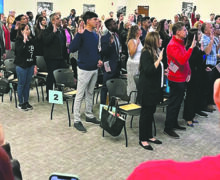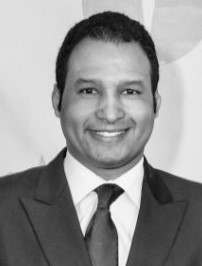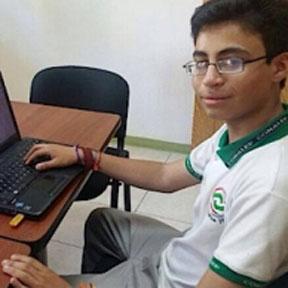
“The thin Green Line: The Border Patrol”
Presidential candidate Donald J. Trump: “When Mexico sends its people, they’re not sending their best. They’re not sending you. They’re not sending you. They’re sending people that have lots of problems, and they’re bringing those problems with us. They’re bringing drugs. They’re bringing crime. They’re rapists. And some, I assume, are good people.” June 16, 2015.
Protecting us from criminal hordes from Mexico is a not-so-small-green-line called the U.S. Border Patrol which is a department within the Customs and Border Enforcement agency of the Department of Homeland Security. It does not resemble the Border Patrol founded in 1924 nor the Border Patrol of 50, twenty or ten years ago.
On Friday, April 15, I drove to the border to take pictures of border fencing separating San Diego from Mexico for my new book about the border. I drove to the forty-year old Border Friendship Park because it abuts the Mexican border and was where the first fencing was constructed during President Bill Clinton’s Presidency. A huge locked steel gate blocked my way. The park was closed to vehicles. Two miles on foot.
I walked for a while. No one was in sight. Gave up after a mile. I knew I could drive up to the fence on the Mexican side so I turned around just as I heard something, I turned and coming down the road was an All-Terrain Vehicle (ATV) ridden by a green-uniform clad, armed, helmeted Border Patrol Agent. Naturally, he stopped to find out who I was and what was I doing in a partially-closed public park on the border with Mexico.
He looked at my California driver’s license and my federal passport card; he then asked me what I was doing there. I explained and asked if I could take his picture for my book and here it is. I asked him if I could ask him some questions as he was the first Border Patrol agent I had spoken with in 20 years. Sure, he replied.
He joined the Border Patrol nine years ago. The job wasn’t as busy as it used to be. I was the first person he had talked to since he started his patrol of the park, the surrounding conservation preserve, the Tijuana River Estuary and three miles of ocean front at 8:00 a.m. It was 2:30 in the afternoon. His weekly average of arrests was three people. That, over the 35-40 hours he spent on patrol a week since last summer.
He told me that old-timers told stories how they used to line up school buses every night and squads of agents would flush men and women from the Tijuana River sloughs that separate the two countries, load them on buses and drive them to the Border Patrol facility for processing. There they would be read their rights and held until the hearing or they could sign a “voluntary” deportation form and be returned to the pedestrian crossing into Mexico. The more enthusiastic illegal borders crossers where known to return within an hour or two sometimes four times in a night.
Every day, hundreds of people lined up on the south side of the concrete Tijuana River channel waiting for nightfall. There the border was a ten-foot tall chain link fence with giant holes cut in it. The hundreds of border crossers waited there until dark buying food and drinks from vendors. As darkness fell, impatient young men usually started crossing. By midnight the remaining less adventurous would move north, wading across some river water, climb the north side and start the run for Los Angeles, 150 miles north.
Dozens of Border Patrol agents were waiting on the north side around ways out of the river bottom and sloughs to arrest the crossers and send them by school bus up the hill to Patrol facilities. Also in the area was a special squad of San Diego Police immortalized by author Joseph Wambaugh in his book, “Lines and Shadows.” Their job was to look like border bandits that preyed on illegal border crossers to rob them and in the cases of women, rape and/or kill them. The five-mile area between the ocean and the legal border crossing was a true combat zone, a no-mans-land at night.
Then came President Clinton’s 1994 “Operation Gatekeeper” that flooded the area with more Border Patrol agents and a fence pushed on him by San Diego congressman Duncan Hunter. The very fence I wanted to photograph. It stopped most illegal border crossing there in the Tijuana River valley but it did nothing to stop national mass illegal border crossings. The fence moved the mass crossing east of San Diego into mountains and deserts.
Fences can keep vehicles from crossing but not people. For that, the young Border Patrol Agent on his ATV stopped people from crossing if they jumped the fence. In the 1990s up to ten thousand people a night crossed the border illegally, night after night. He says there aren’t that many anymore. The busy days on the border are history.

























